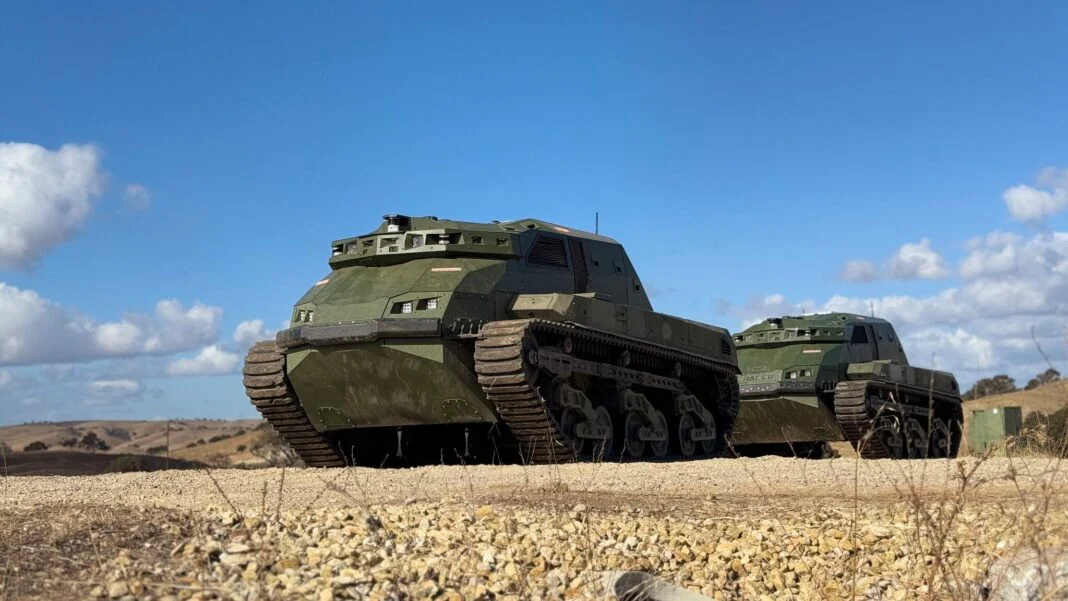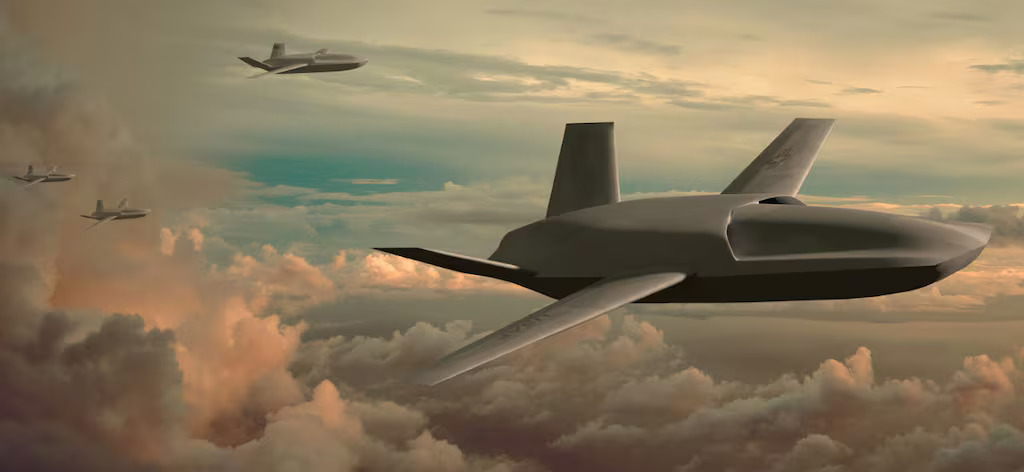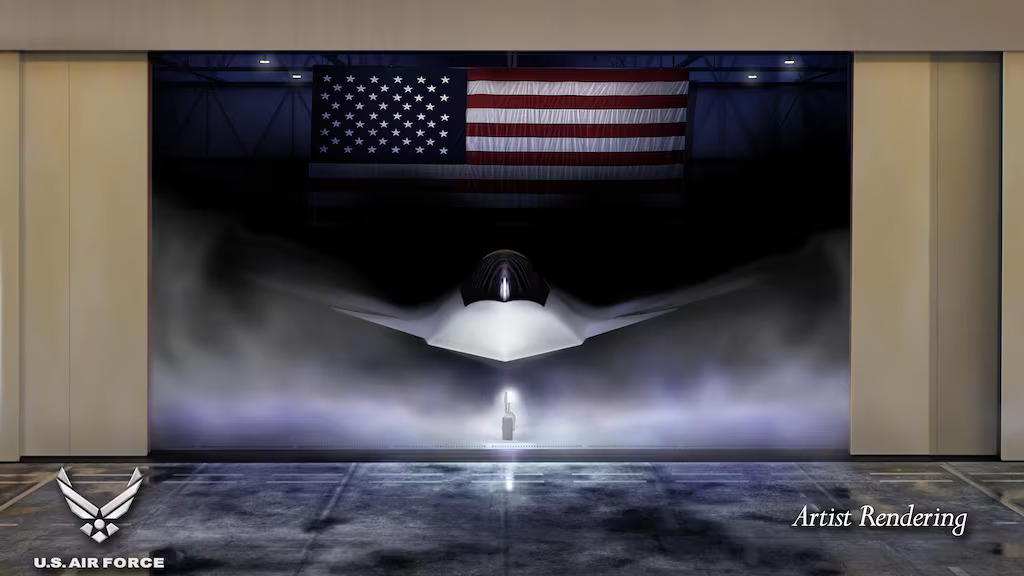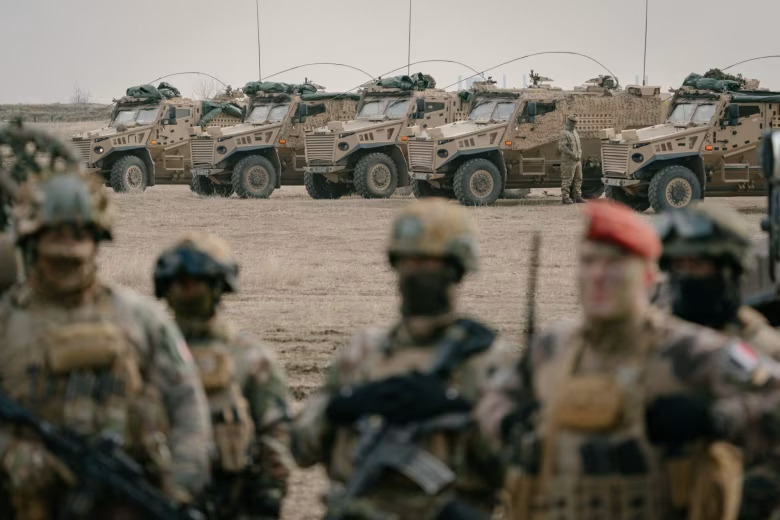The Pentagon’s Chief Data and AI Office has launched a new series of experiments focused on improving data integration to allow operators to take better advantage of new command-and-control capabilities.
The office runs a regular experimentation event every 90 days called the Global Information Dominance Experiment, or GIDE, which is focused on taking capabilities designed to connect forces across domains and test them in an operational context. The events have been credited for helping the Defense Department turn a long-abstract concept called Combined Joint All-Domain Command and Control into capabilities the military is now using in the field.










